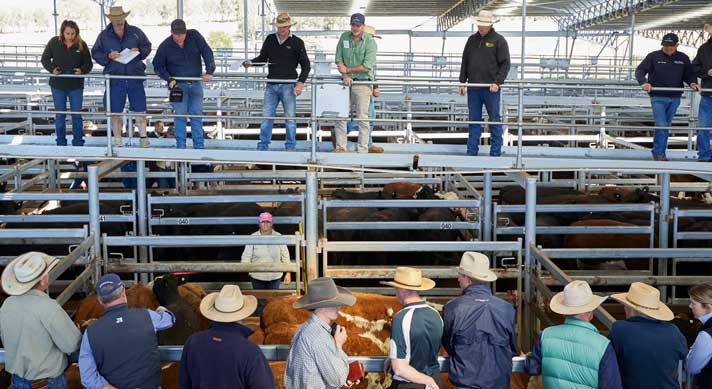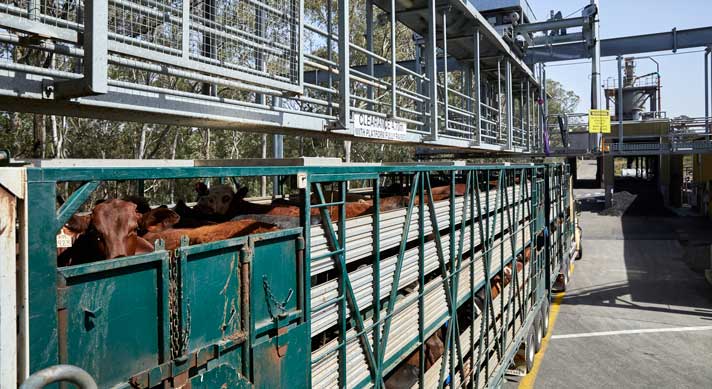Buying or selling livestock? Early warnings at the saleyards
06 September 2022
-Min Read

The must-dos regarding ‘early warning signs’ at sales:
- It is a vendor’s responsibility to disclose any risks associated with animals for sale.
- It is a buyer’s responsibility to assess any risks associated with the purchase of livestock, and to determine whether they will accept those risks.
- Livestock consigned from an EW status PIC can be sold under the usual terms, but the EW status must be declared on the NVD.
